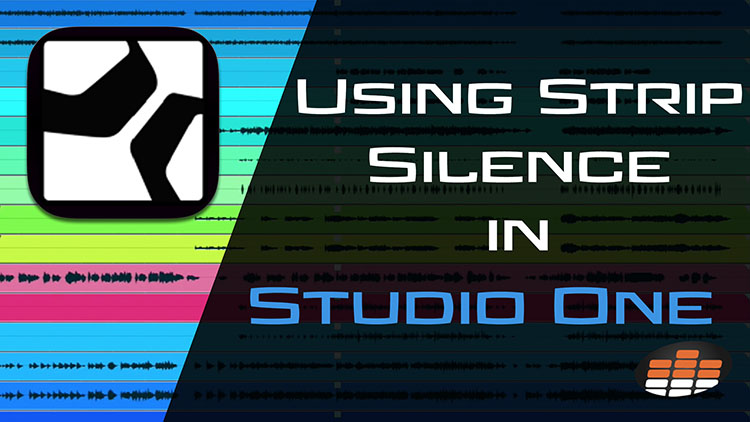Carlo Libertini is a Melodyne audio editing specialist with Music Marketing Inc. of North America. He’s also an audio production engineer with twenty years’ experience, and performs trainings, demonstrations, and services for top studios and institutions across the country.
In between production responsibilities he conducts online training seminars, collaborative production meetings, software demonstrations, and video tutorials.
Carlo is Pro Mix Academy’s resident Studio One expert, too! Here he demonstrates how to keep things quiet using strip silence!
Strip silence is a form of noise reduction found in most DAWs. There are all kinds of different ways to reduce noise in our recordings, especially with plugins. But strip silence is a common, easy-to-use tool letting you remove low-level signal between parts of a performance.
You’ll first want to make a selection of audio to apply strip silence. From there, you’ll find strip silence on the very top toolbar in the Edit window.
Clicking Strip Silence in the toolbar will open up a selection of parameters. On the left-most side you’ll find Material, which lets you choose between “Lots of Silence,” “Little Silence,” “Noise Floor,” and “Manual.” Little Silence is probably what you’ll be using most.
The best tip to start with is to change the Minimum Length to .500 seconds. This is the minimum length of time strip silence parcels audio into. If it’s too short, it will chop up your performance into unrecognizable pieces—half a second is an all-around starting point.
Another helpful hint is to adjust the pre- and post-roll times, which sets how much time you give yourself before strip silence activates and when it ends. A great place to start is .250 seconds, or half of the value you’ve set for Minimum Length.
Most importantly, conservative strip silence settings tend to work best!





